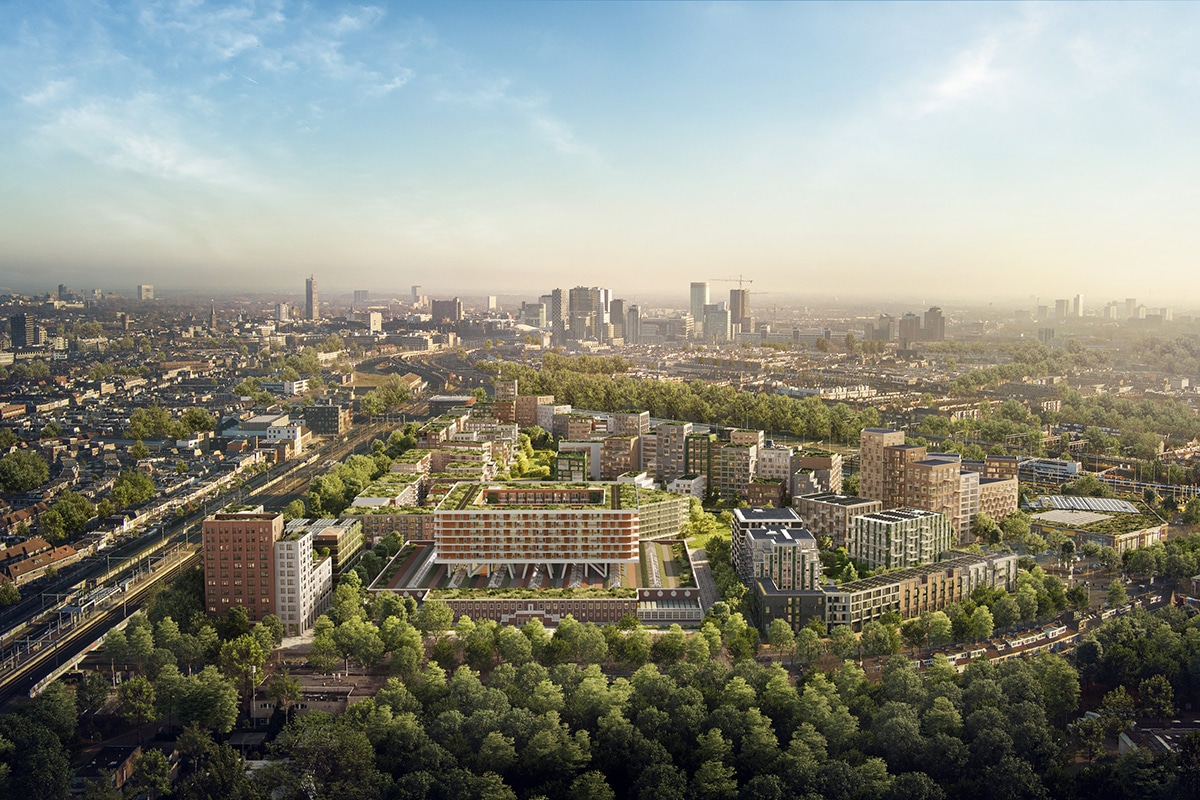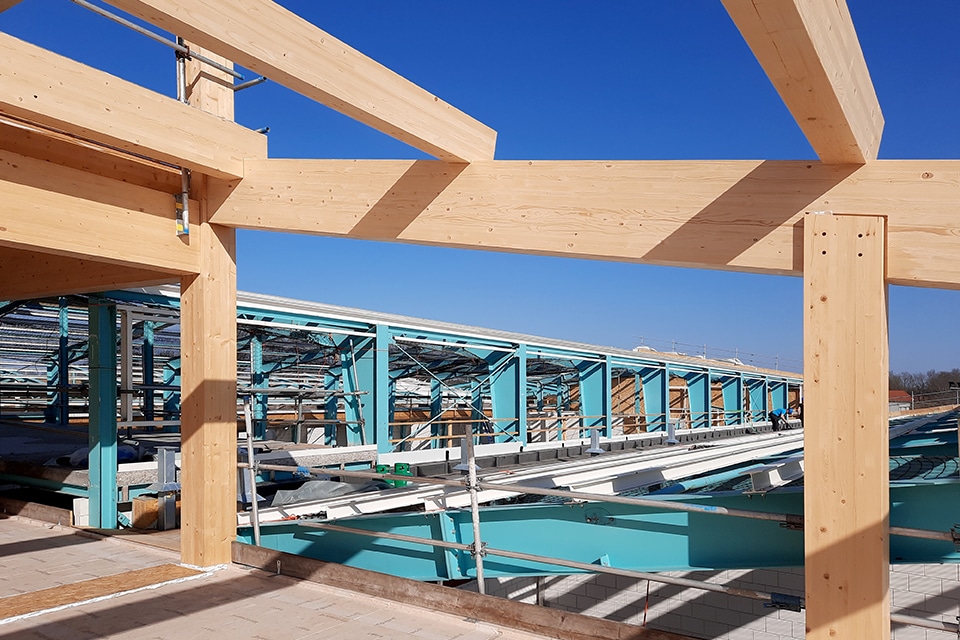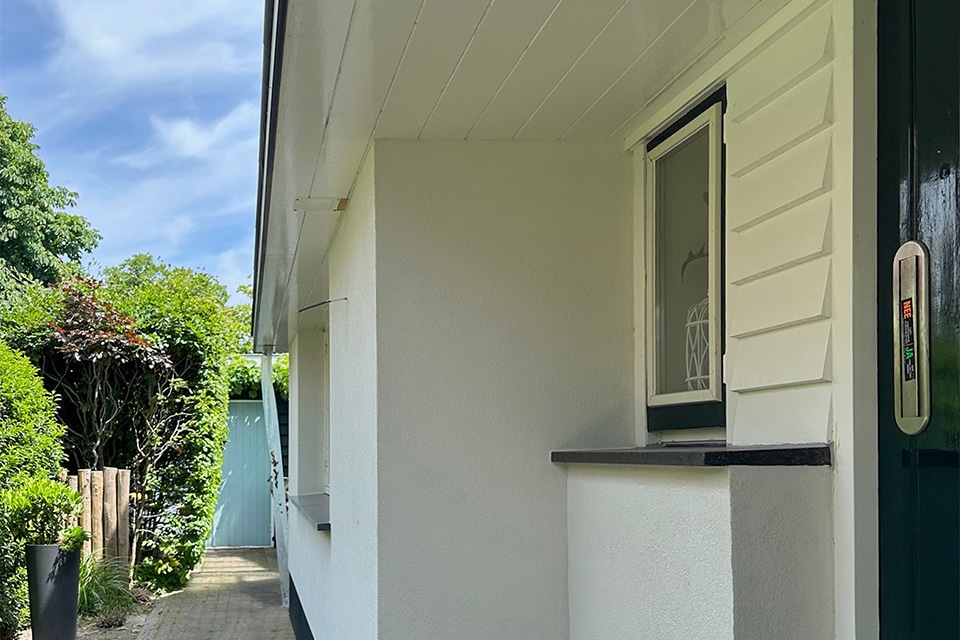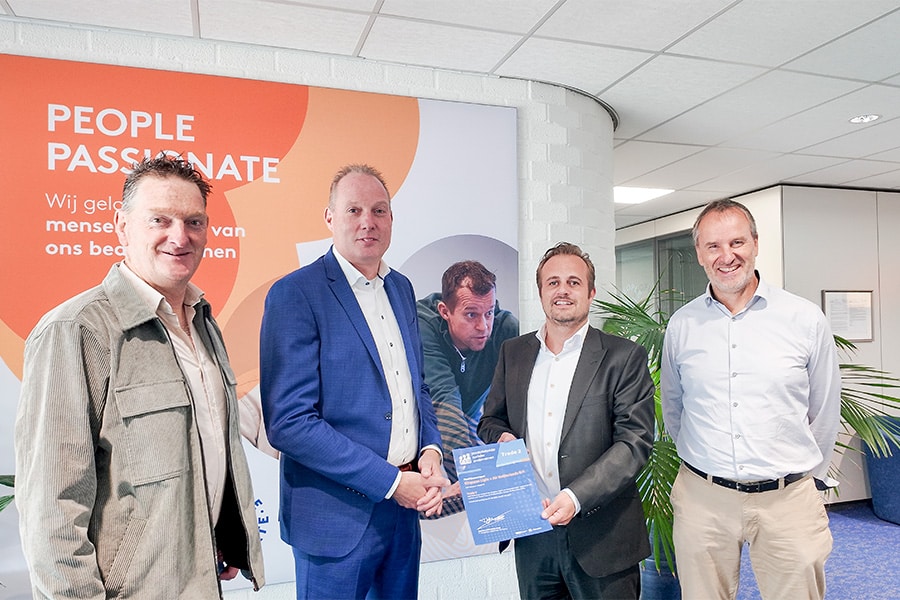
Where there is a lot of smoke ... safe escape becomes difficult
Global statistics show that the greatest danger in a fire is not the fire, but the smoke that spreads through the building. The smoke obstructs our vision and causes breathing problems, making safe evacuation more difficult. Moreover, the soot and aerosol particles and invisible toxic gases such as carbon monoxide pose a significant threat to our health. Not for nothing is smoke control an essential part of fire safety solutions in our residential, commercial and residential buildings.

In case of fire, you only have one chance to escape safely. "Building owners and operators therefore have the task and responsibility of ensuring the permanent safety of their building occupants," says Dirk-Jan Manders, sales and project manager at Kingspan Light + Air. "This requires effective fire safety measures that at least comply with our Building Code and are appropriate for the location and use. The behavior and control of smoke plays a prominent role in this, in which our Fire Safety Team is happy to support. We have been advising, designing, supplying, installing and maintaining smoke and heat extraction systems (RWA) for more than forty years, ensuring that smoke and heat are removed effectively and efficiently. As a result, good escape conditions for building occupants remain intact longer and they have sufficient time to escape safely. In addition, firefighters have more time to take rescue action and put out the fire, which also better protects the building and its contents."
From consulting to installation and maintenance
So many buildings, so many needs, so many SHEV systems. In order to advise, supply and install the right systems for each project, Kingspan Light + Air always maps out the situation first. "In new construction projects, we often make design calculations, based on the design drawings and in accordance with current standards," Manders says. "This often results in a recommendation and Program of Requirements, in which the requirements, use and objective of the installation are laid down. Advice and requirements are reviewed by the competent authority and a recognized inspection agency, after which we are happy to develop them into a practical design and a certified installation." In renovation and transformation projects, a warm survey is usually done because in most cases the building drawings are no longer available, complete or current. "From here we again start the process of design calculations, Program of Requirements and RWA design, after which we also take care of the supply, installation and maintenance if required."
Natural smoke and heat extraction systems
"Clean combustion does not produce toxic gases," Manders emphasizes. "When smoke burns, however, toxic gases are released. Therefore, an efficient SHEV is crucial for our safety." Kingspan Light + Air offers several solutions for this. First, Manders mentions natural RWA systems. "When you want to remove smoke effectively and naturally, you best make use of its thermal properties. Smoke rises and will accumulate at the top of the building, where it slowly cools. As a result, at some point the smoke will slowly come back down, where the situation becomes increasingly threatening. By exhausting the smoke at the top of the building and using damper fans, dangerous situations are prevented." Natural RWA systems are originally found primarily in industry, where large clear facades are available to supply air. "This air supply is essential for a properly functioning natural exhaust system."

Following the industry's lead, natural SHEVS systems are also well suited for atrium buildings, many of which have exposed facades for air supply and glass roofs for smoke and heat extraction. "A third important category is the gallery facades of multi-story residential buildings, which are increasingly being closed for comfort reasons," Manders said. "To allow safe escape across the closed gallery, fire-resistant partitions are often provided in new construction projects. In renovation projects, this is more difficult and we recommend, for example, facade louvers that open automatically in the event of a fire. This creates an equivalent situation to an open facade." But there are also conceivable situations in which natural RWA offers insufficient efficiency. "Think of buildings where there are few possibilities for air supply or where the wind can have a major influence on the operation of the SHEWA units. This is where mechanical RWA systems offer the right answer."
RWA in underground parking garages
A popular solution for SHEVS is also smoke compartmentation and smoke stowage in parking garages, for example. It is in this market that Kingspan Light + Air intends to focus even more than before. "In the Netherlands there are several above-ground parking garages and mobility hubs, in which smoke and heat can be disposed of naturally," Manders knows. "The majority of parking garages, however, are located below ground level, requiring a mechanical solution with shafts and thrust fans." Typical of parking garages is the low floor height. "SHEWA systems lend themselves ideally to tall buildings, in which smoke and heat are buffered and removed at the top so that an escape-safe situation is created at the bottom. Parking garages lack such zoning. Therefore, smoke and heat must be forced in one direction, after which they are exhausted outside using ducts and large fans. To do this properly and efficiently requires specific knowledge."
The same applies to a new development in parking garages, namely the increase in the number of (charging spots for) electric cars. "In order to arrive at the right interplay of measures here, too, we are happy to map out the requirements, usage and objectives."
Pressure relief systems for high-rise projects
Due to the scarcity of available building land in the Netherlands, residential and office buildings are increasingly going up in height. In order to guarantee safe escape routes here as well, specific requirements are placed on stairwells. From capacity to accessibility and safety. Manders: "The Building Code states, for example, that a vestibule must be present in high-rise projects. However, this is often at the expense of the usable/rentable living or working area, so an equivalent alternative is often chosen: an overpressure system. In this case, a mechanical supply system blows exactly the right amount of air into the stairwell. This prevents smoke from entering and ensures a safe escape route." RWA positive pressure systems always involve a balanced system, he says. "Therefore, a pressure-controlled exhaust device is also installed, which prevents the pressure from rising too high. After all, everyone present in the building must still be able to open the doors to the stairwell easily. A fire detection system provides the proper control for this."
Innovative solutions for tunnel renovation
Finally, Manders sees a growing demand in tunnel renovations. "Our water-rich country has hundreds of bridges, locks, tunnels and viaducts dating from the 1950s and 1960s that are in need of renovation or replacement after years of intensive use. We are happy to play a role in this too, taking over the complete process from advice and design to assembly and maintenance. Rijkswaterstaat, ProRail and the other stakeholders can rely on many years of knowledge and experience in the sector. But also on the most innovative systems. For example, we have optimized the shape of the impellers in our tunnel fans, making them work even more effectively. And also with our latest suspensions a lot of gains can be made, which we are happy to inform the market about."
Heeft u vragen over dit artikel, project of product?
Neem dan rechtstreeks contact op met Kingspan Light + Air.
 Contact opnemen
Contact opnemen



